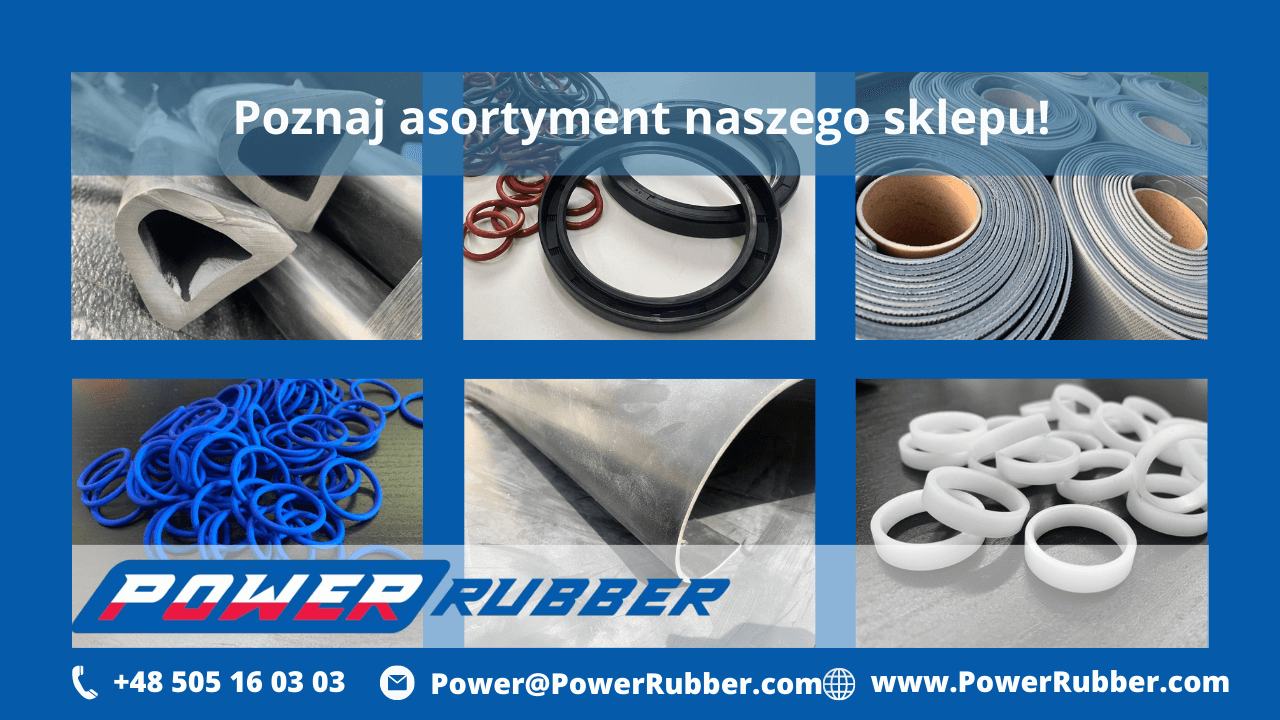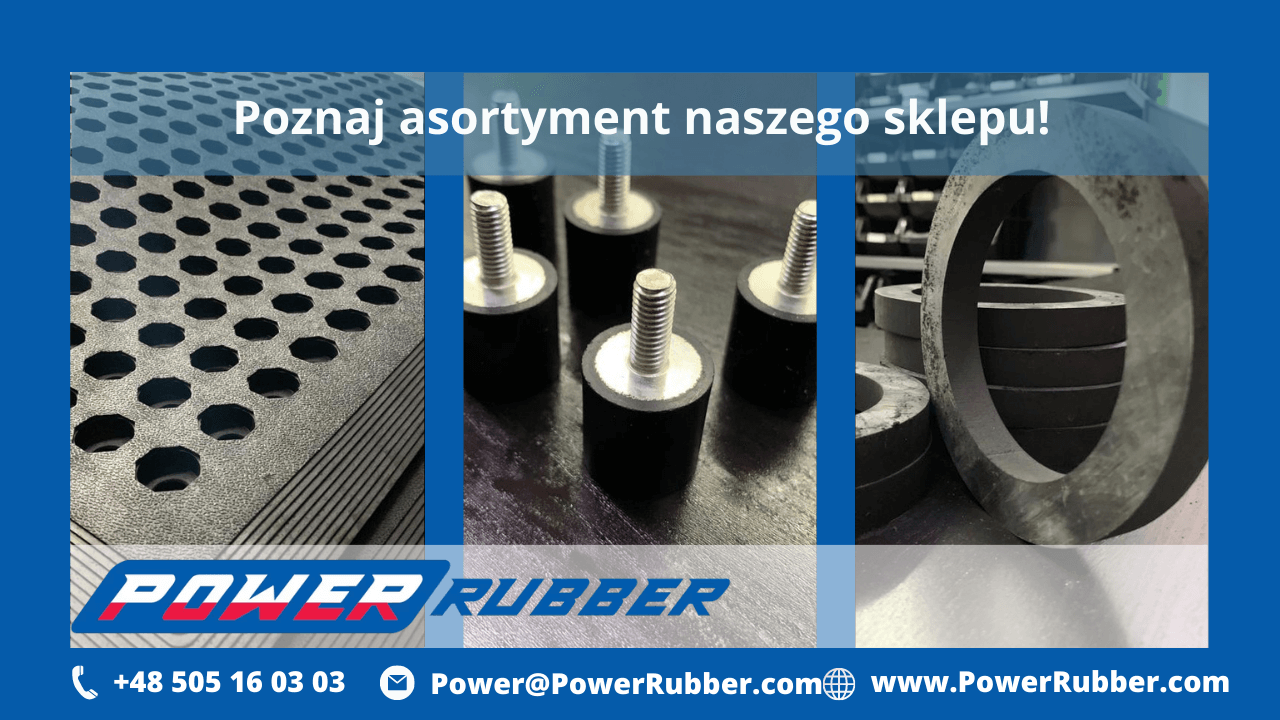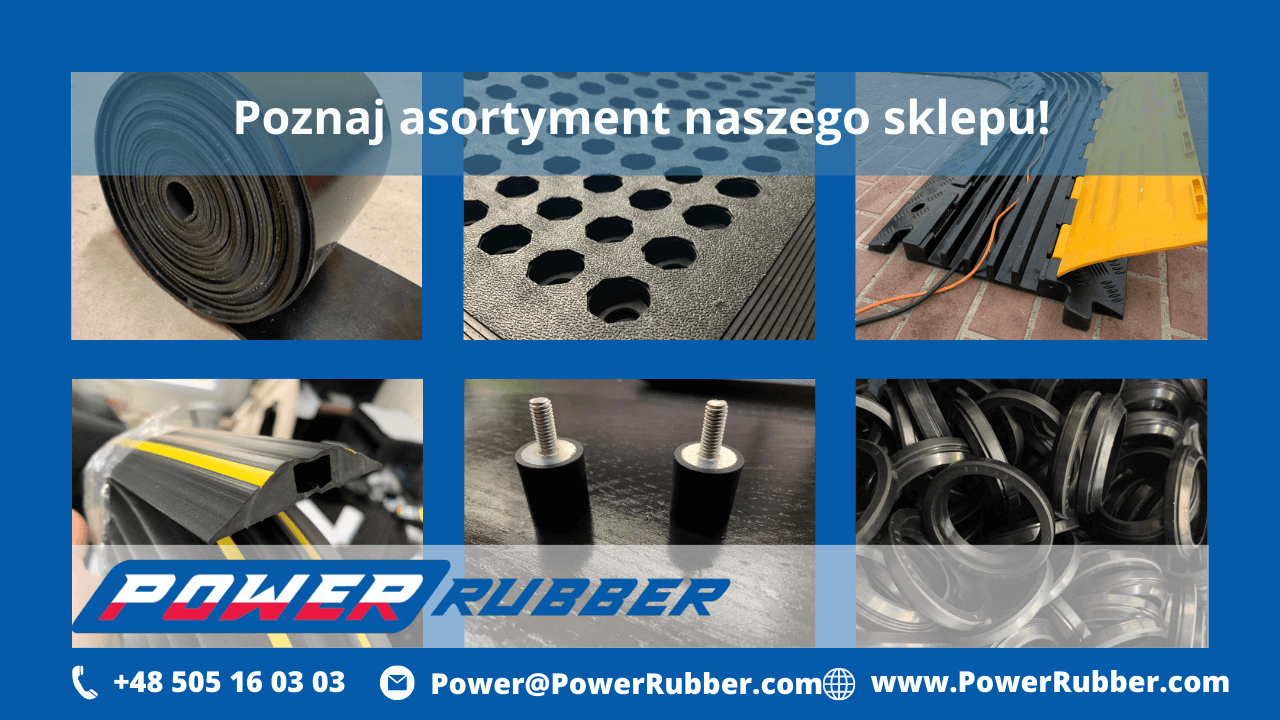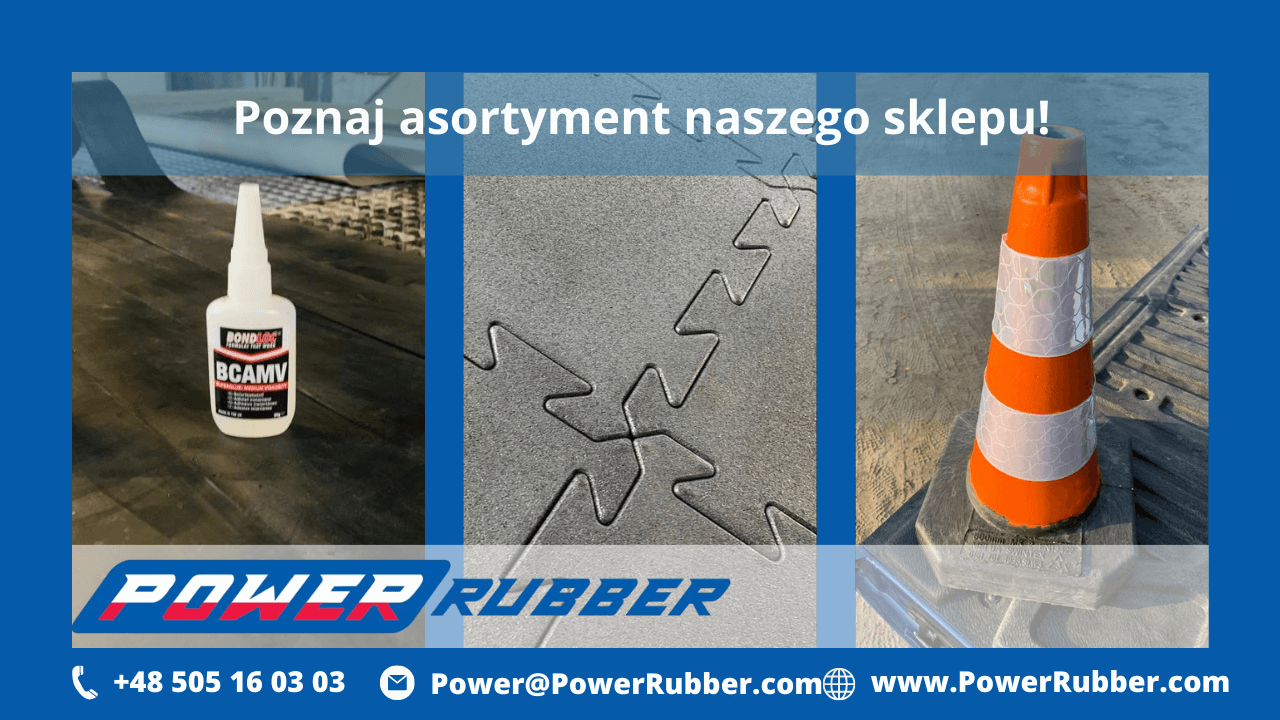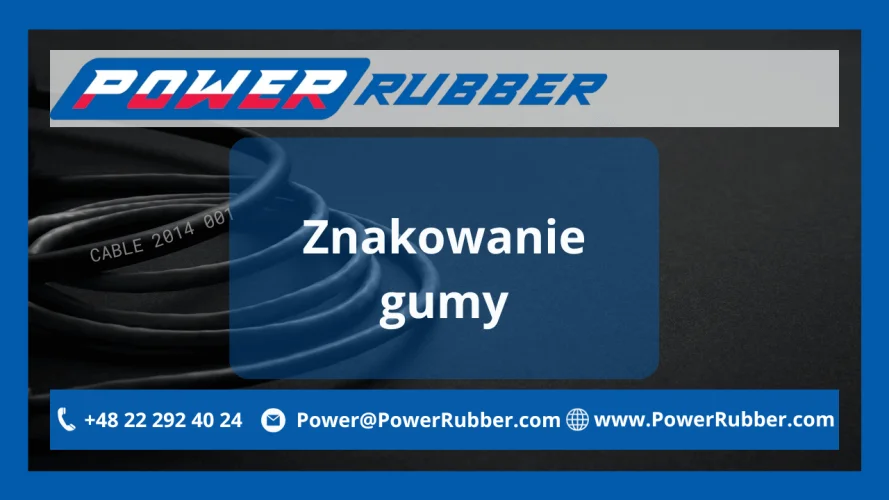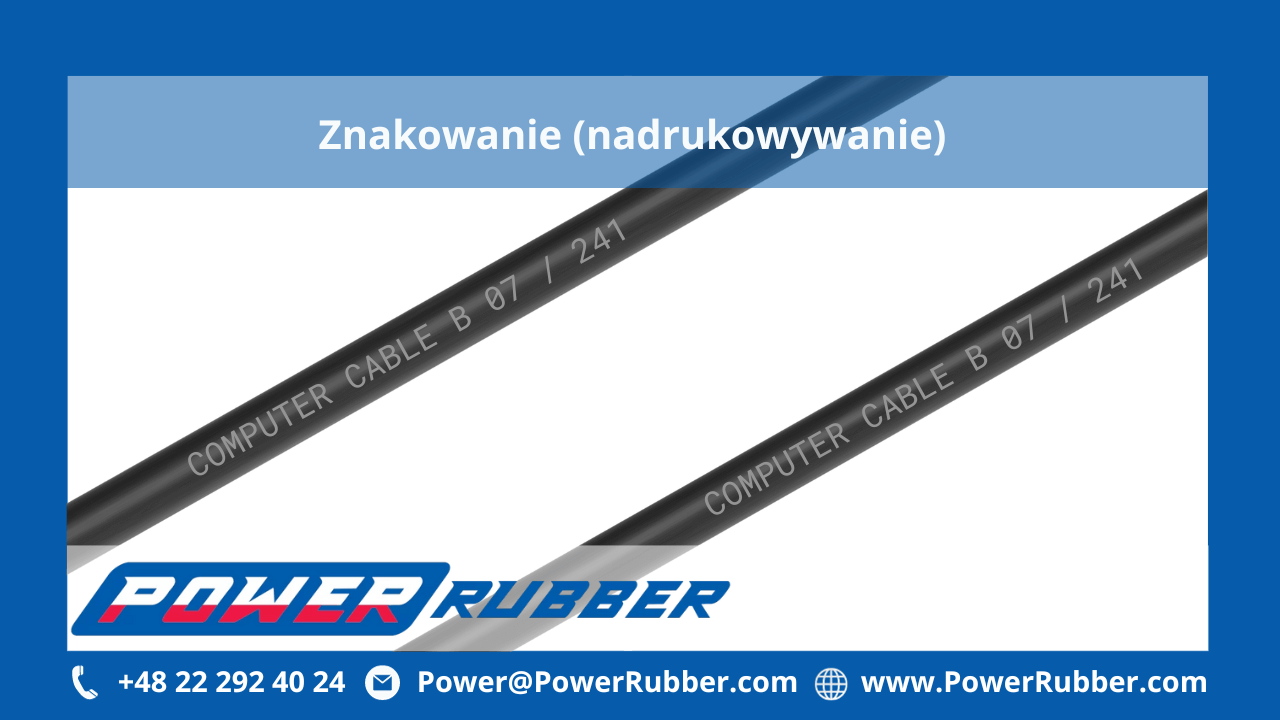Rubber Marking
Rubber is a versatile material known for its strength and flexibility, widely used across multiple industries. It plays a crucial role in the production of various components that require durability, elasticity, and resistance to extreme conditions.
Marking Technology for Rubber and Plastics
Rubber marking technology involves precise and specialised processes using inkjet and laser printing systems. These systems are essential for identifying and tracking rubber products such as tyres, seals, and rubber profiles throughout their lifecycle. The use of marking technology is driven by several key needs:
-
Product identification and traceability – Each rubber component, like a tyre, receives a unique code that enables manufacturers and suppliers to trace its origin in the event of a quality issue or product recall.
-
Brand protection – Marking rubber products with logos or serial numbers helps prevent counterfeiting and strengthens brand recognition.
Inkjet and laser printers are used to apply data such as serial numbers, brand logos, batch codes, or text (e.g., cable length, product name) directly onto rubber surfaces.
Inkjet and Laser Printers for Rubber Marking
Rubber items can be marked using two main technologies: inkjet printing and laser marking. Choosing the right system depends on the application, environment, and required durability.
Inkjet Printers
Inkjet printers for rubber use pigment-based inks that provide excellent contrast, especially on black surfaces. These industrial inks are formulated to adhere firmly to rubber, ensuring the printed code remains legible even after prolonged exposure to sunlight, moisture, or mechanical wear. Manufacturers can choose from a wide range of inks, including fluorescent, water-based, and low-VOC options.
High-speed production lines benefit from consistent print quality thanks to specialised printheads designed for durability and precision. Inkjet printing is ideal for marking rubber components quickly and reliably without compromising readability.
Laser Marking Systems
Laser technology offers permanent and highly precise marking on a variety of materials including ceramics, glass, wood, plastics, metal, leather, and rubber. Laser systems use a focused beam to engrave or etch information onto the material surface.
There are several types of lasers used for marking:
-
CO₂ lasers
-
Fibre lasers
-
UV lasers
-
YAG lasers
Laser marking is widely used in industries such as automotive manufacturing, tyre production, and for marking industrial rubber components.
The choice of marking technology significantly affects:
-
Speed and efficiency of marking per cycle
-
Precision and clarity of codes
-
Maintenance frequency
-
Suitability for harsh production environments (e.g. high temperatures, dust, humidity, vibration)
An effective rubber marking system should provide:
-
Durable and high-contrast prints
-
Accurate and repeatable marking results
-
Resistance to environmental factors
-
Traceability across the product lifecycle
-
Support for both low and high-resolution prints
-
Low ink consumption and minimal maintenance
Applications of Rubber Marking
Rubber marking is commonly used in:
-
Tyres
-
Rubber hoses
-
Sealing profiles
-
Rubber cords
-
Tread elements
-
Gaskets
Rubber markings must withstand:
-
Harsh weather conditions
-
UV radiation
-
Mechanical abrasion
Additionally, colour-coded marking and non-toxic inks are available, particularly for rubber parts used in food processing, medical, or pharmaceutical industries where hygiene and safety are critical.
Have Questions?
For professional rubber marking solutions, please contact us at +48 22 292 40 24 or +48 50 516 03 03,
email us at Power@PowerRubber.com, or use our contact form.
